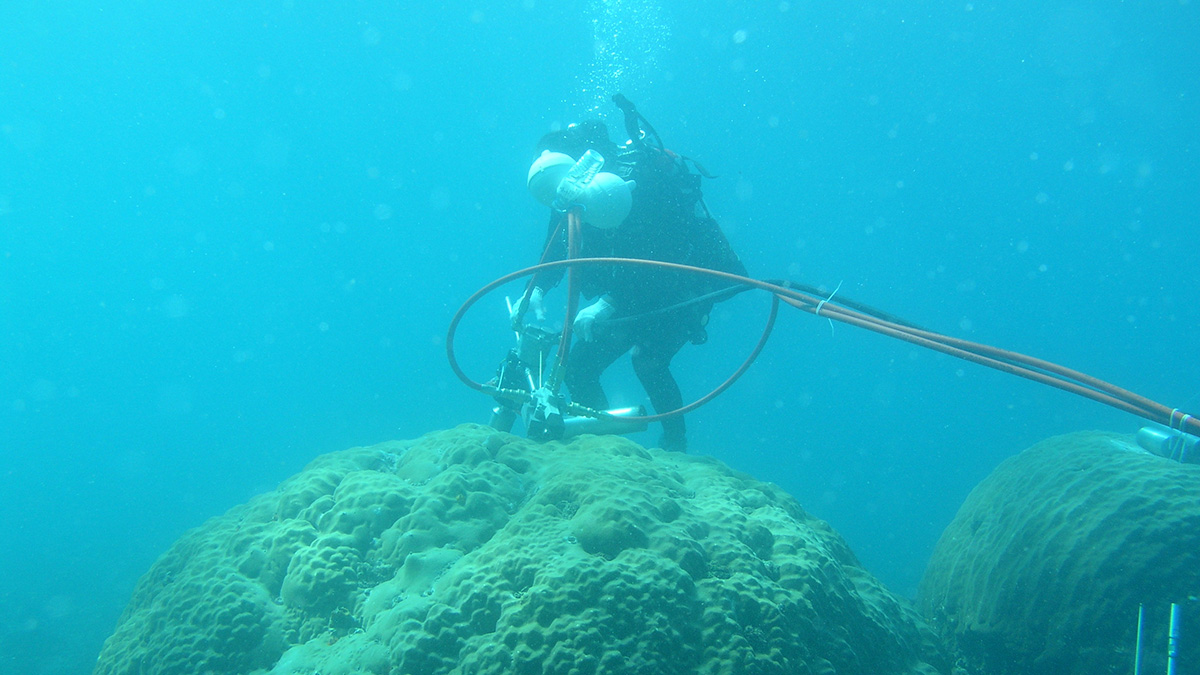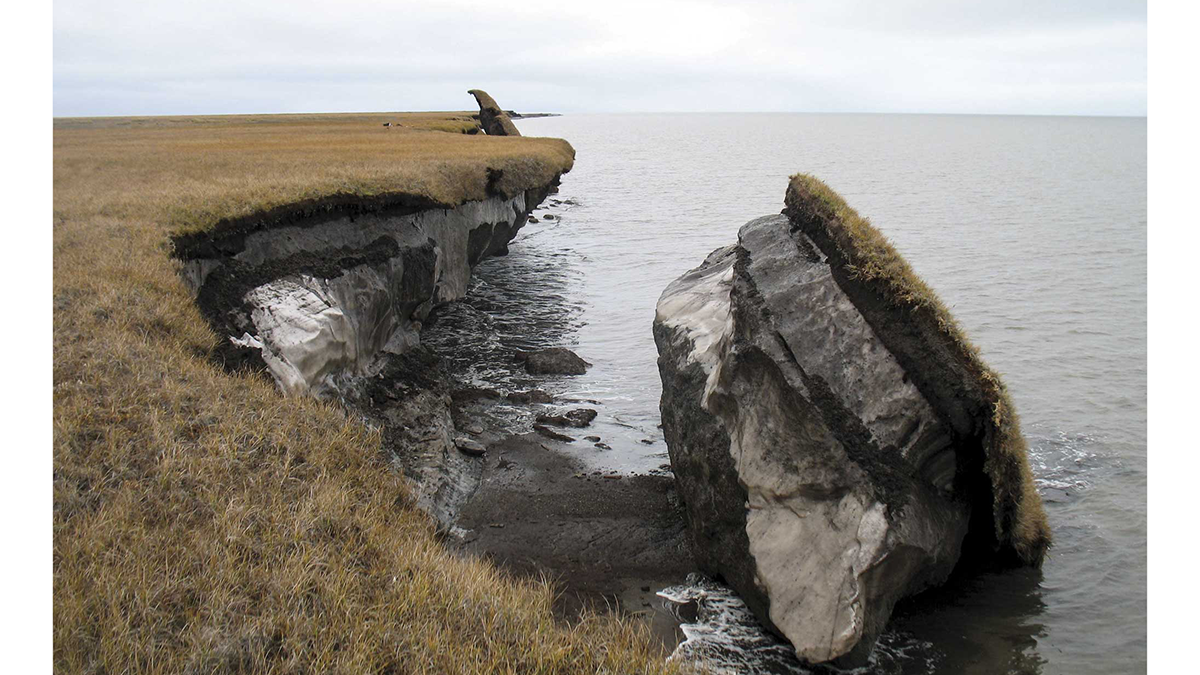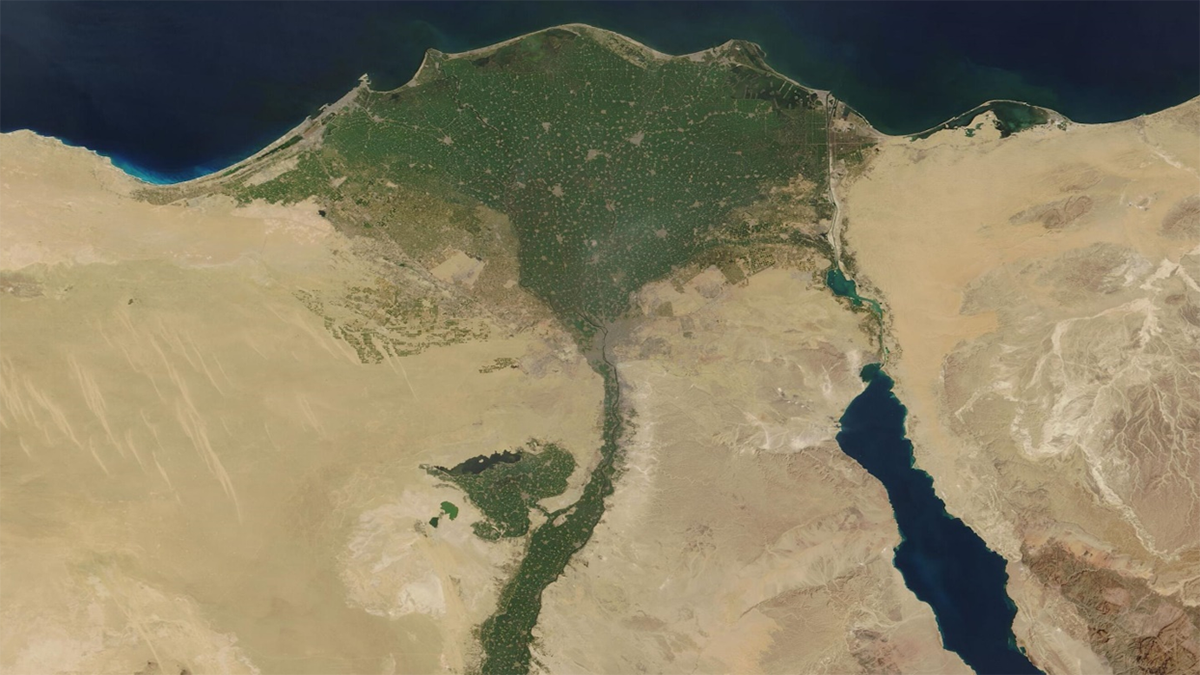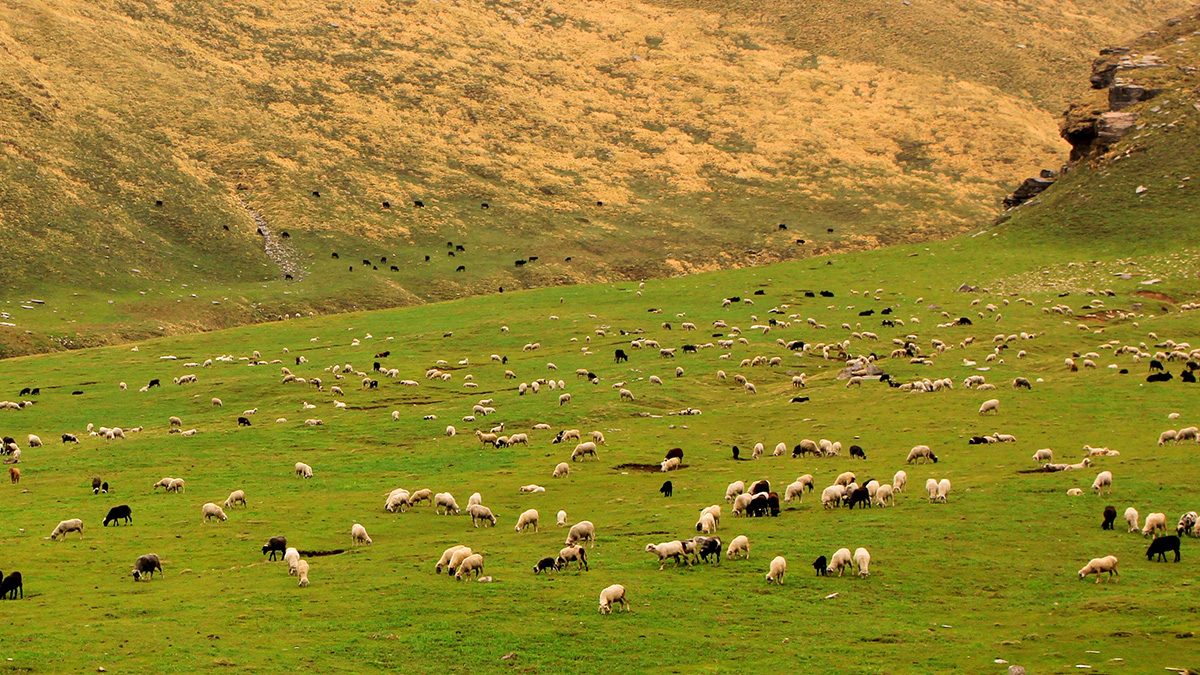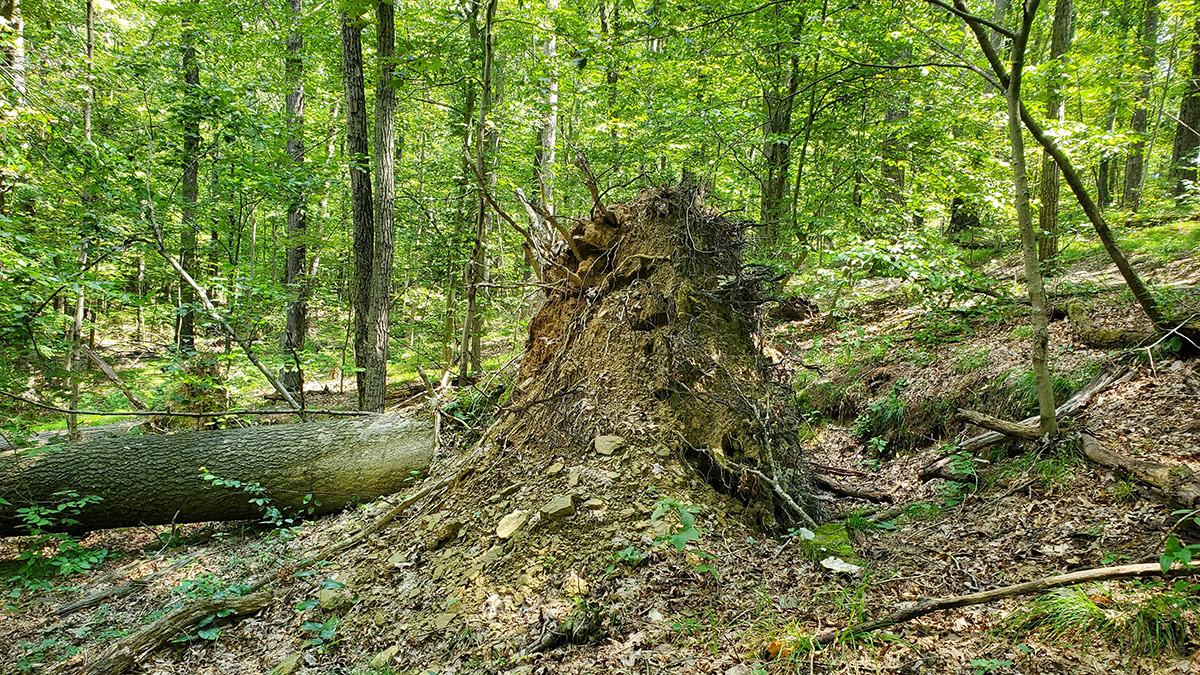The InSight Lander, on Mars, intentionally dumped sand over its seismic instrument’s tether and the wind sorted the particles by size as it blew them away.
soils
A New Look at the Changing Water Cycle Over Land
Whether warming increases or decreases, rain over land depends on the relationship of soil moisture, evaporation, and aridity which shape rain regimes.
Solar Panels Nurse Desert Soil Back to Life
Cultivating delicate soil crust in the shade of solar panels might boost the recovery of arid land.
Coral Chemistry Reflects Southeast Asia’s Economic Expansion
Soil erosion from economic development sent sediments into the South China Sea—and into coral skeletons.
Harpy Eagles Concentrate Precious Nutrients in the Amazon
Amazon soils are usually low in the nutrients that plants covet, but harpy eagles can create local hot spots with their poop and prey.
What We Know and Don’t Know About Climate Tipping Elements
As climate change continues, parts of the Earth system such as ice sheets, frozen soils, or the Amazon rainforest could shift—some quickly, some slowly—after crossing key thresholds or tipping points.
Tracking Heavy Metal Accumulation in the Nile Delta
Sediment measurements show that flow alterations and discharges are driving increasing concentrations of multiple heavy metals in the Nile Delta, threatening ecosystems, agriculture, and human health.
Suivie de l’accumulation des métaux lourds dans le Delta du Nil
Les analyses de sédiments montrent que la réutilisation de l’eau non traitée et la construction de barrages entraînent l’augmentation des concentrations de métaux lourds dans le Delta du Nil, menaçant gravement les écosystèmes, l’agriculture et la santé humaine.
Veterinary Antibiotics Reduce Soil Carbon Sequestration Capacity
Livestock grazing areas sequester less carbon than those under wild herbivores.
Roughed-Up Hillsides Reveal Tree-Toppling Winds
Researchers are reading pockmarks in the forest floor to study the uprooting of trees in southern Indiana and estimate how fast winds howled through the forest in the past.




